We may receive a commission when you use our affiliate links. However, this does not impact our recommendations.
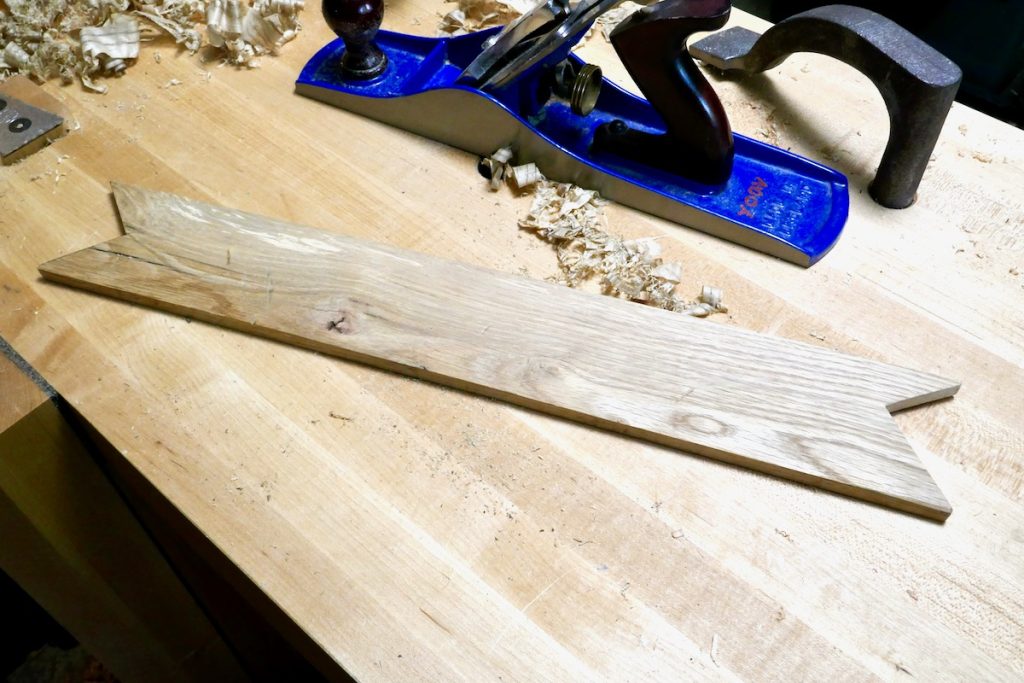 A notched batten is one of the best jigs you can make to help in hand planning. This simple thin hardwood strip has a hoof-shaped notch at its end and is used to prevent boards from shifting during planing. The way it works is pretty simple. First, tuck your board against the bench’s planing stop, then introduce the notched batten to the rear outer corner of the board and clamp it in place using a hold fast or a long reach clamp. Once planning begins, the workpiece will be pressed (forward) toward the planing stop and (sideways) against the notched batten and will not be able to move, hence making planing both an effective and predictable process.
A notched batten is one of the best jigs you can make to help in hand planning. This simple thin hardwood strip has a hoof-shaped notch at its end and is used to prevent boards from shifting during planing. The way it works is pretty simple. First, tuck your board against the bench’s planing stop, then introduce the notched batten to the rear outer corner of the board and clamp it in place using a hold fast or a long reach clamp. Once planning begins, the workpiece will be pressed (forward) toward the planing stop and (sideways) against the notched batten and will not be able to move, hence making planing both an effective and predictable process.
The notched batten that I built recently is based on traditional designs but with one deviation. Instead of only one centered notch on one end, I created two: One notch is generic (a), whereas the notch on the opposite end (b) is pivoted to an asymmetrical position.
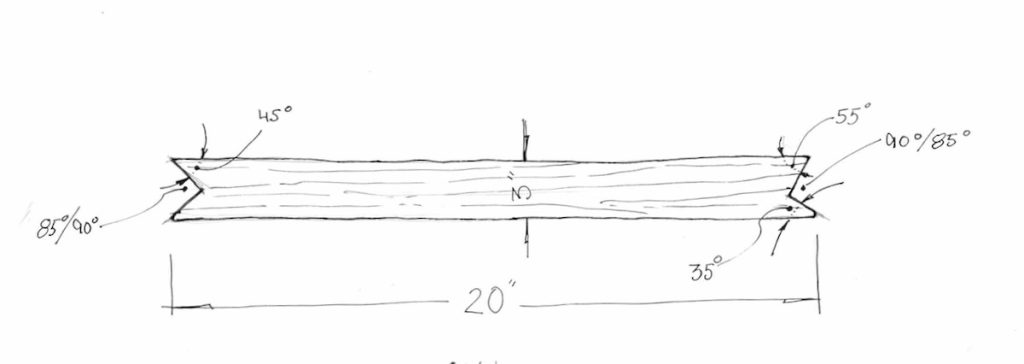
The dimensions of my notched batten are 20” long, 3” wide, and ⅜” thick. After making the batten, I cut the notch on the band saw. The hoof-shaped notch can be cut a tad smaller than 90 degrees. The 45 degrees-centered notch (a) is on the left while the of-centered notch (b) is on the right.
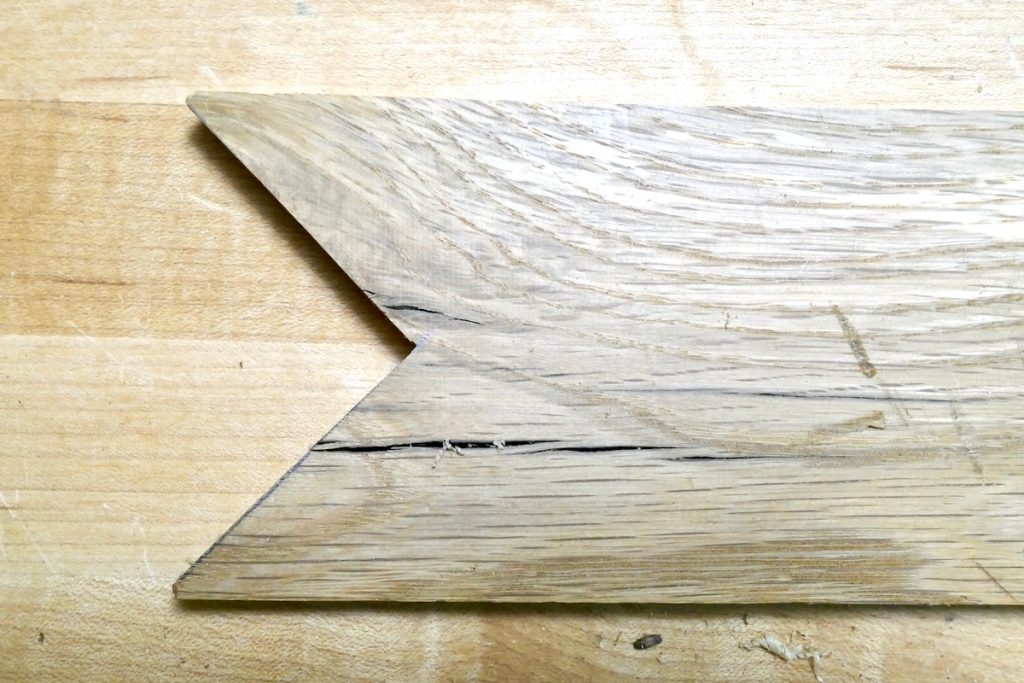
(a)
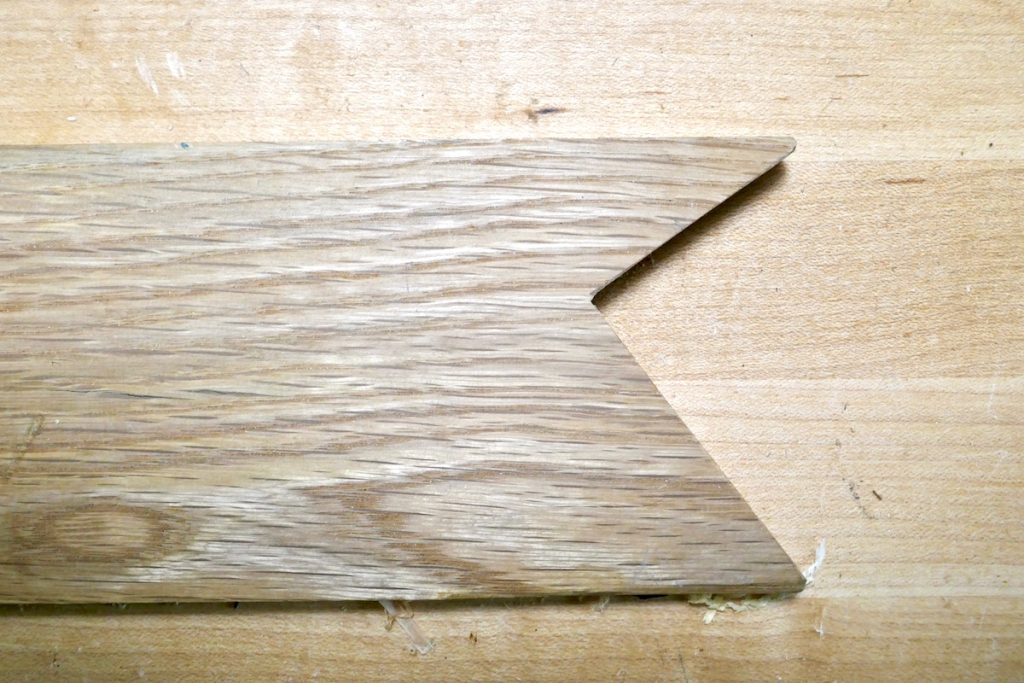
(b)
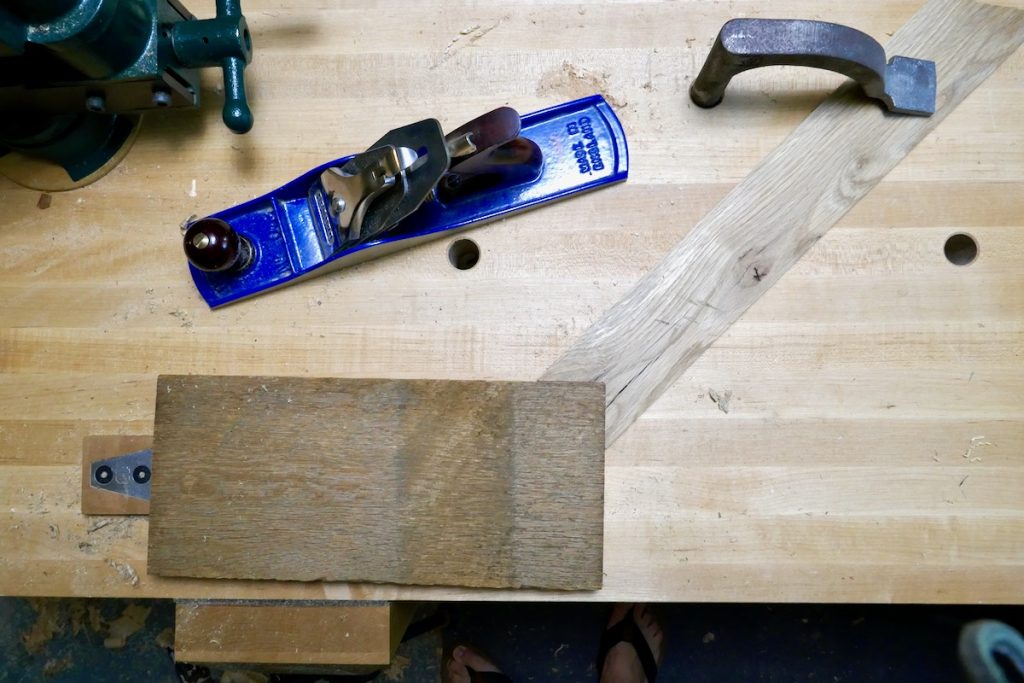
The centered notch is deployed at 45 degrees.
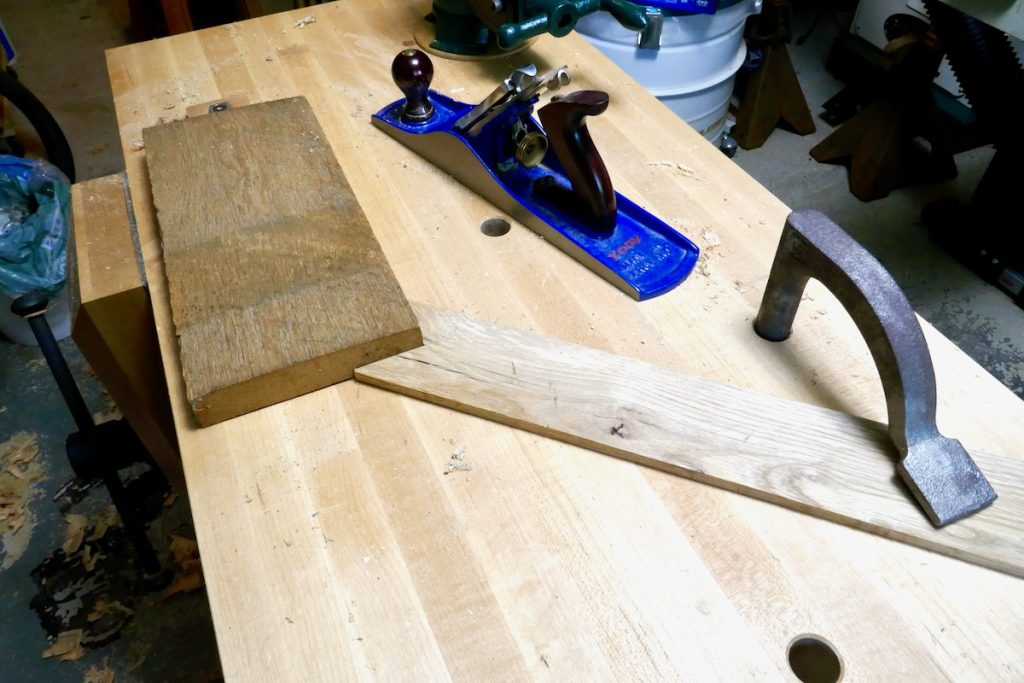
The elements that work to assist us in preventing the board from sliding only take action once the planing begins. In this picture the centered notch is engaged.
Adding an off-centered notch increases the batten’s clamping possibilities by providing us with additional corner contact positions. Since workpieces come in various lengths, and since the benchtop holes for our holdfasts are few and far between, having a batten that can be placed at either 45 degrees angle, 55, or 35 degrees adds to the jig’s versatility.
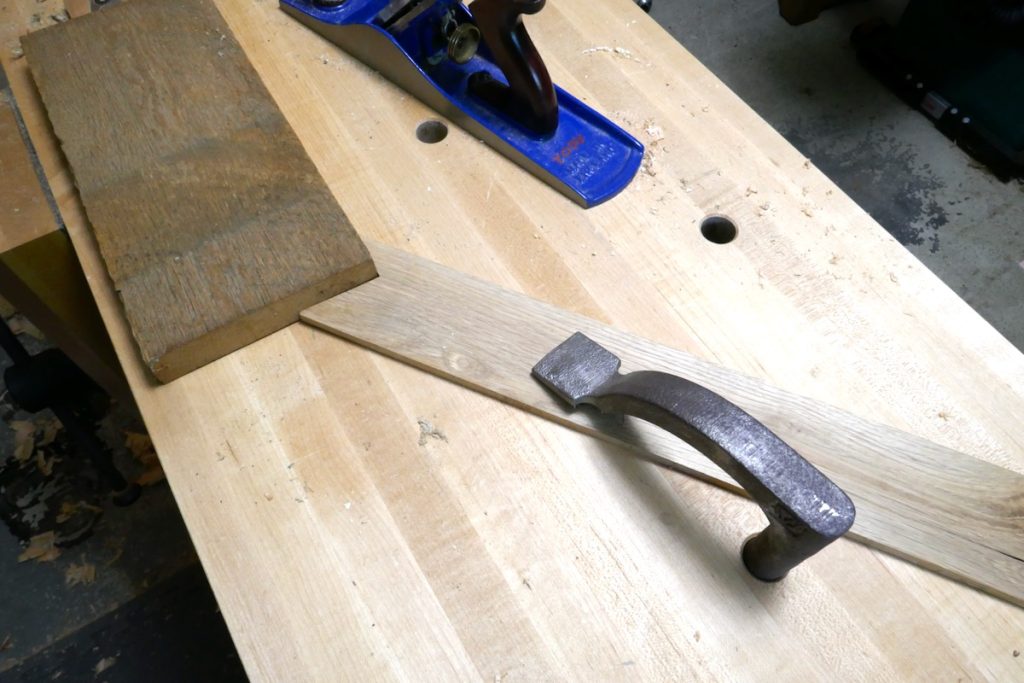
The batten off-centered notched is tucked behind the board.
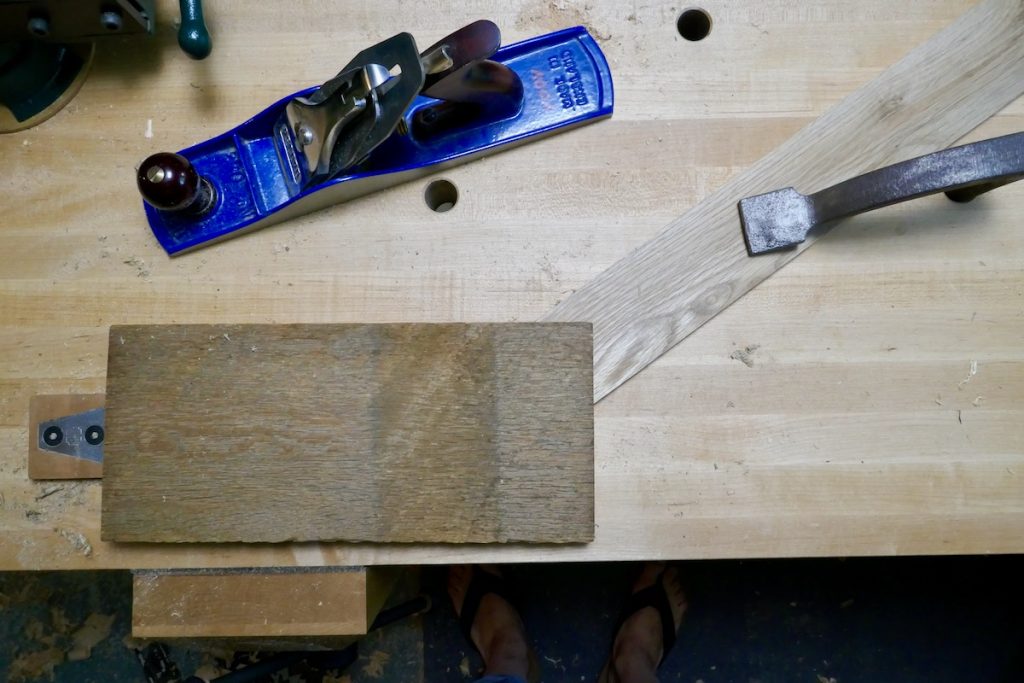

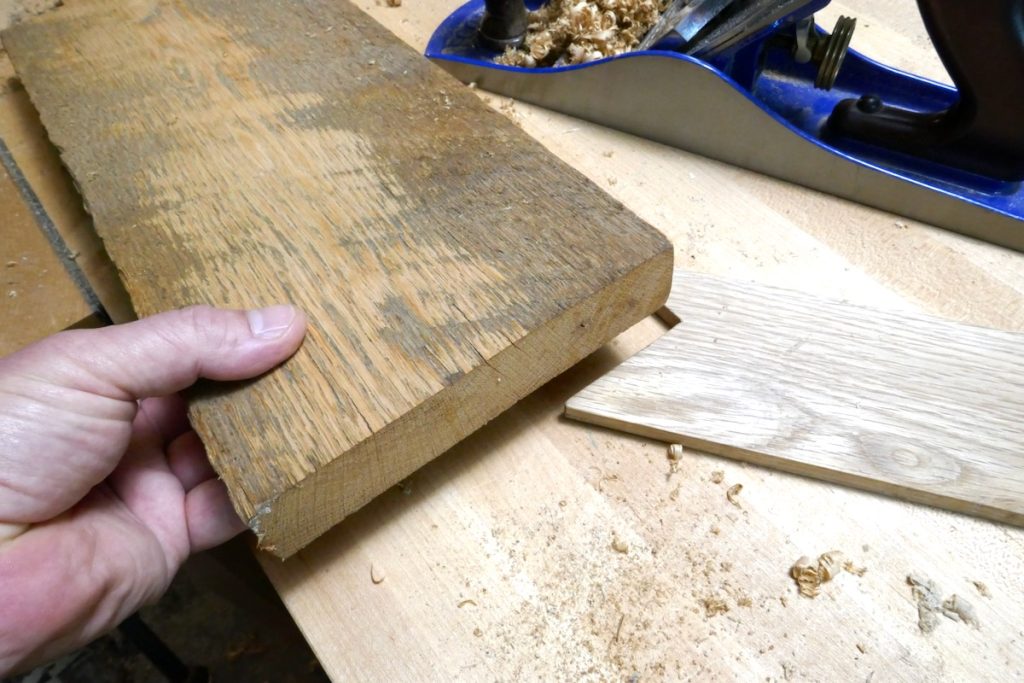
Although the workpiece is tucked between the planing stop and the batten, we can easily lift it to check for flatness.
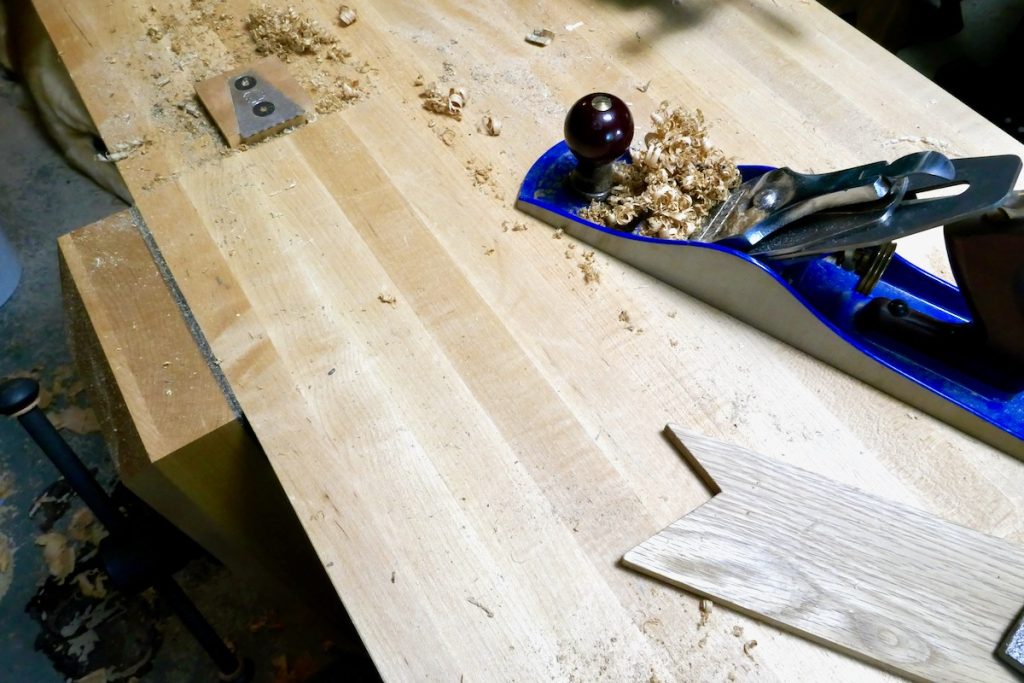
In addition to the typical diagonal clamping positioning of the batten, the jig can shine in many other situations. Here I employed the notched batten directly behind an awkward-shaped workpiece and, with the help of a clamp, prevented the piece from shifting during clamping.
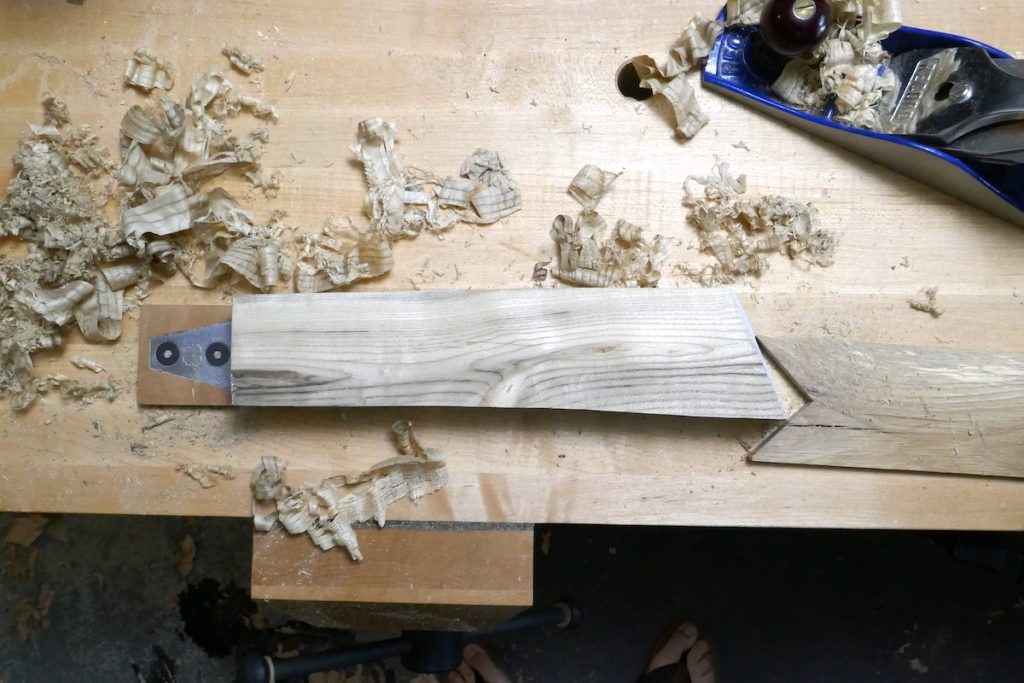
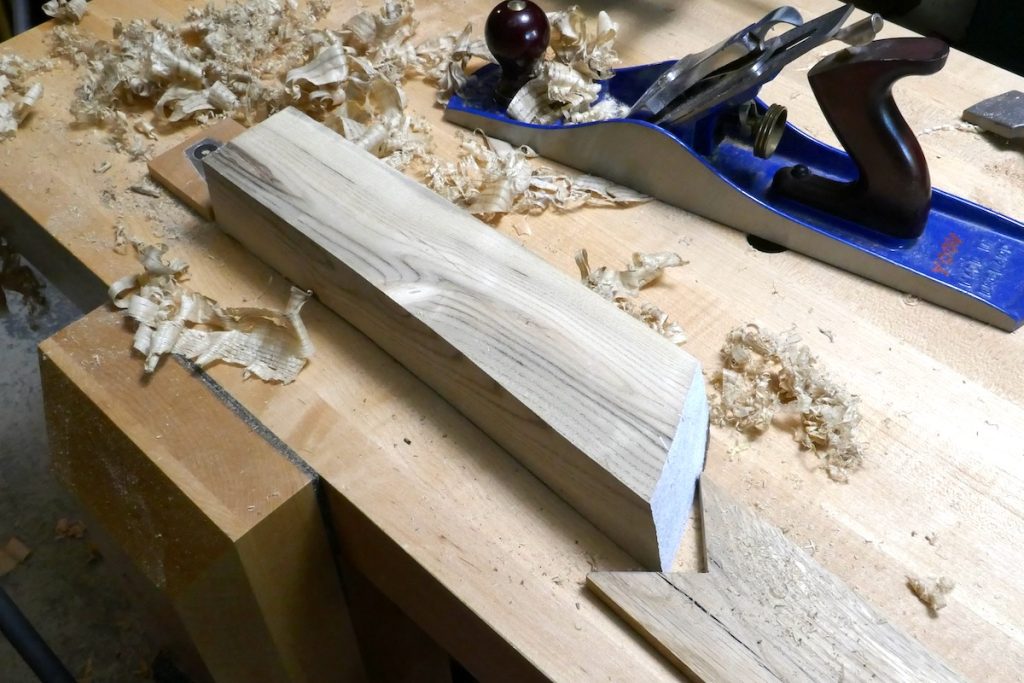
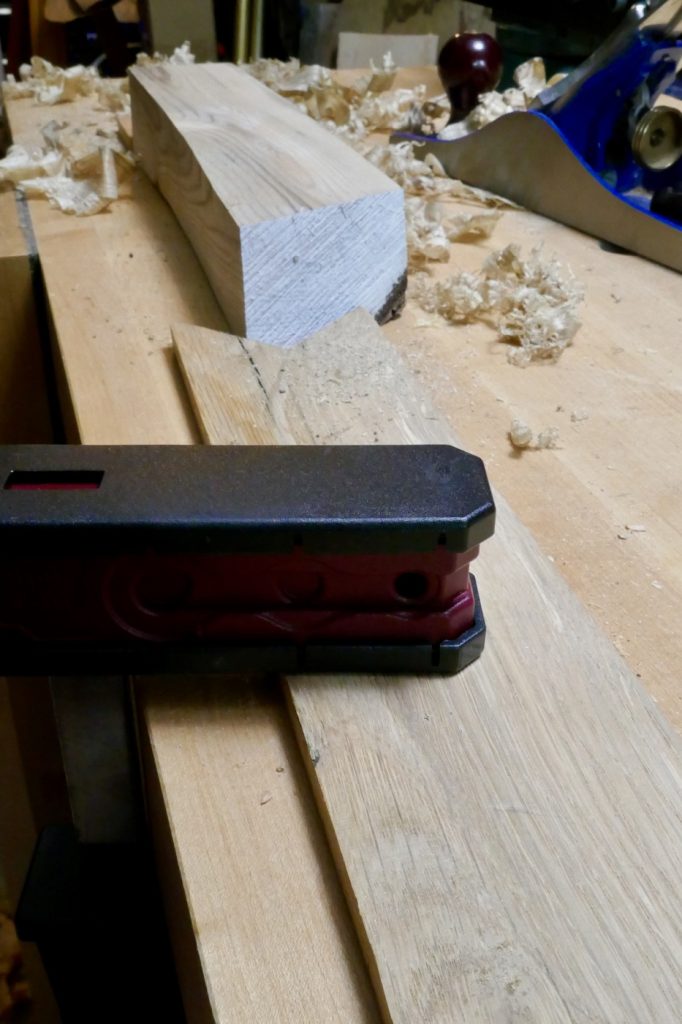
Here are some supplies and tools we find essential in our everyday work around the shop. We may receive a commission from sales referred by our links; however, we have carefully selected these products for their usefulness and quality.







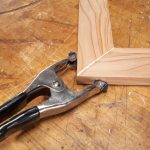

Thank you for this! I’ve been trying to work it out how to keep my wood steady while not using a holdfast on my work itself.
You are very welcome. I am happy I was able to help.